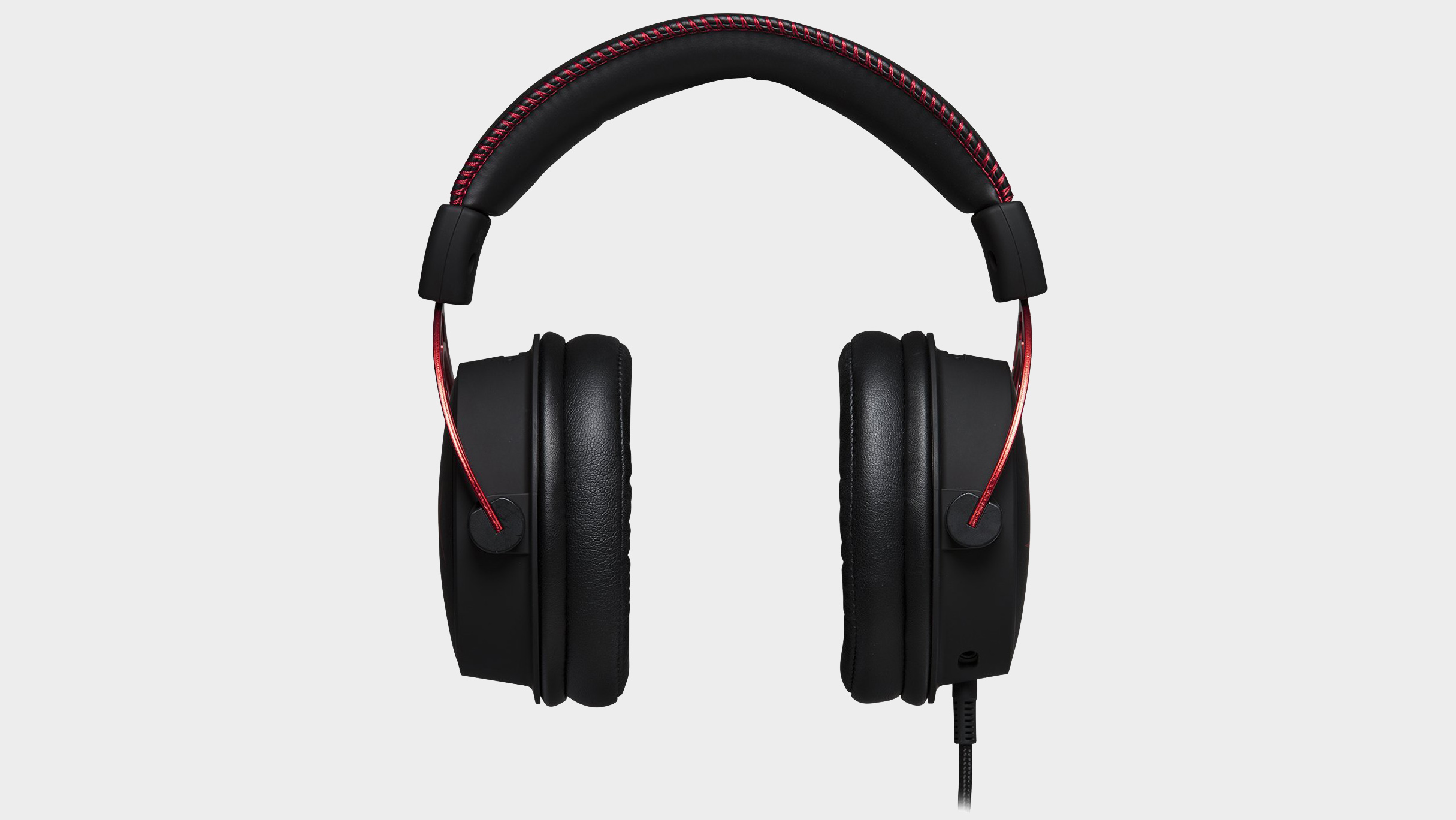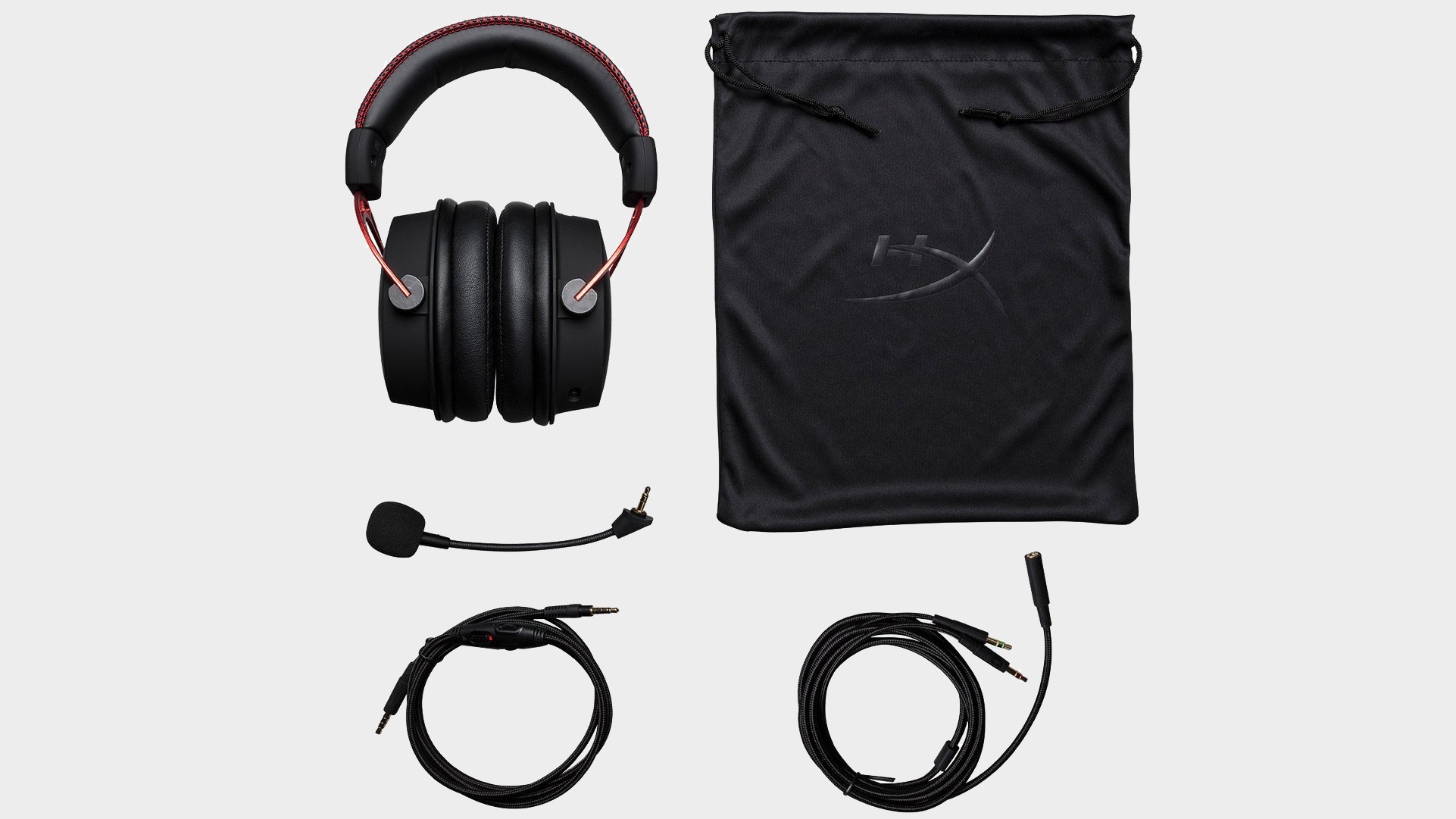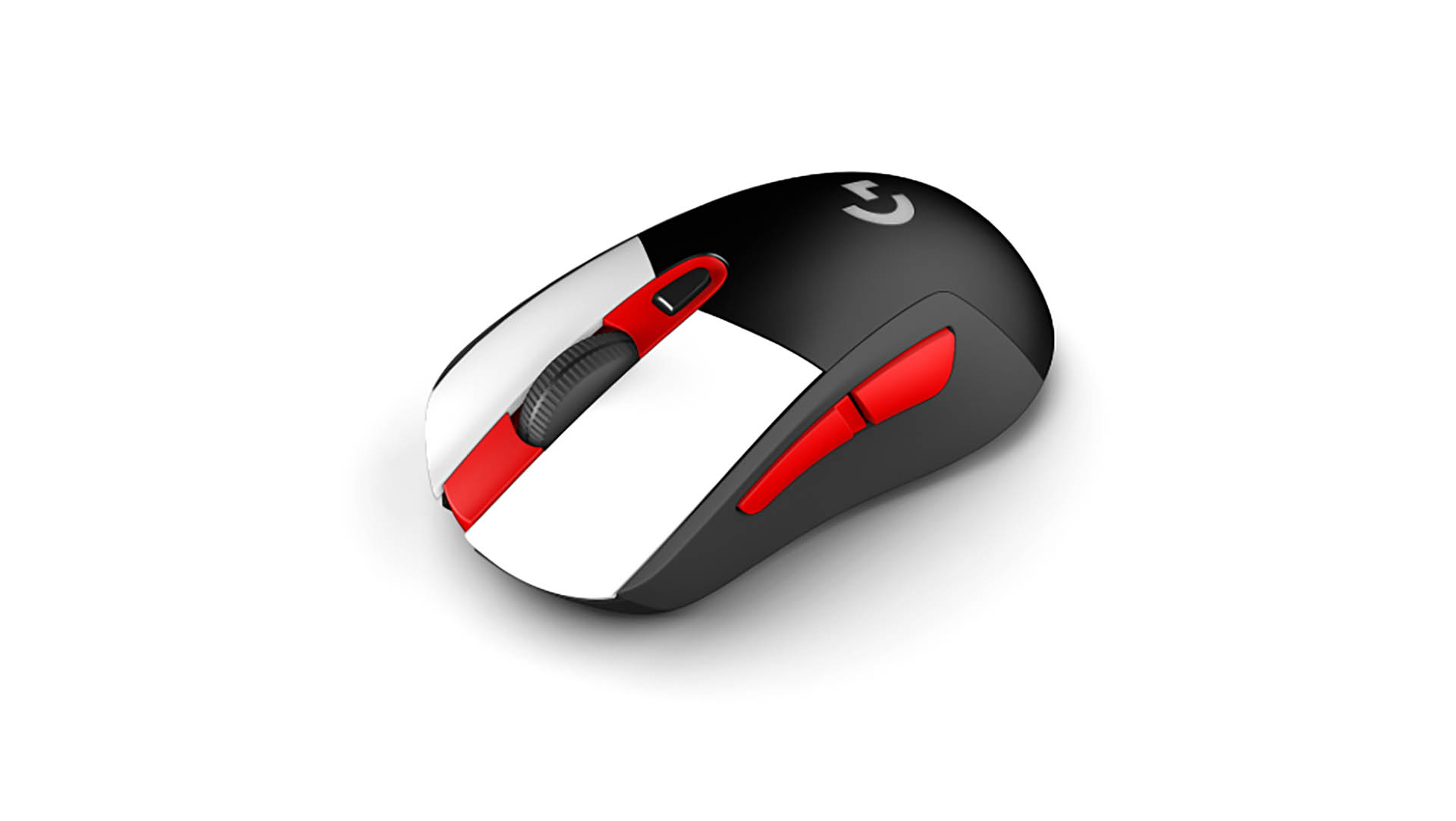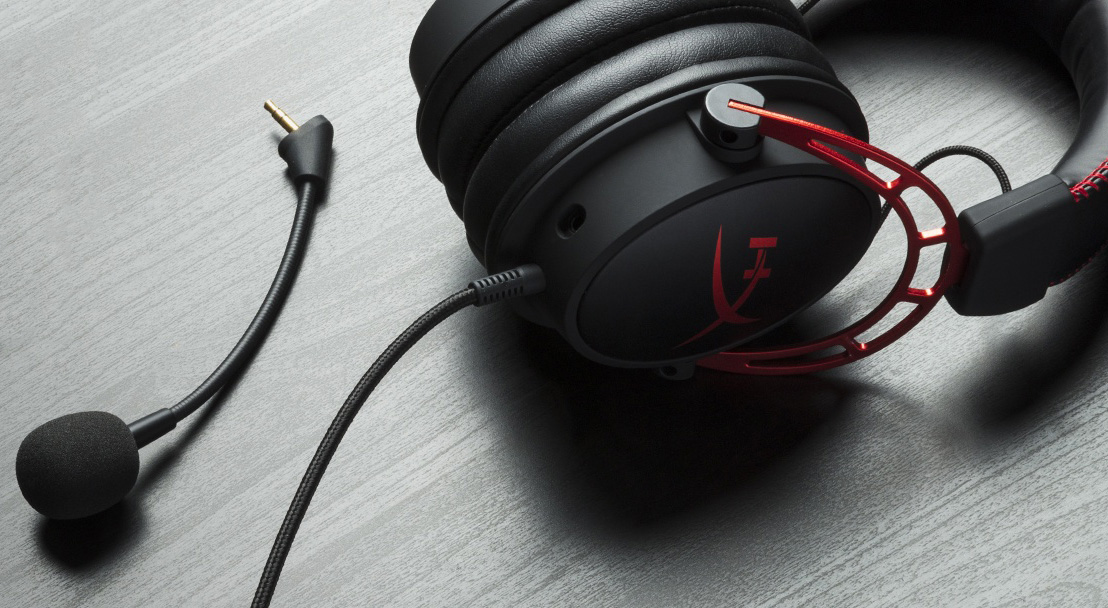Our Verdict
Now armed with a handful of minor but meaningful improvements, this is still the powerhouse of sound, comfort, and value it’s always been.
PC Gamer's got your back
It’s rare for one line of a particular PC peripheral to enjoy such a reign as the Kingston HyperX Cloud. Yes, the Razer Boomslang had the gaming mouse market sewn up in the early 2000s, and the GTX 1060 has managed a LeBron-like career of evergreen performance. But those are the outliers. Dynasties like the Cloud’s don’t just happen.
Wireless: No
Drivers: 50mm dual chamber neodymium
Connectivity: 3.5mm analog
Frequency response: 13Hz-27,000Hz
Features: Detachable noise-cancelling mic, in-line cable controls
The fundamentals of what makes the Cloud a great gaming headset have remained steadfast since the very first Cloud released in early 2014: an attractive aviation-style design, lots of memory foam padding, punchy but well-balanced audio, and a surprisingly low price. There have been refinements to the cabling, the inline controls, and even the chamber design around each driver, but you could always count on a Cloud headset to deliver the basics better than just about anyone else.
Let’s examine the sound quality first, because frankly all that memory foam isn’t worth a whole lot if the sound reproduction is off. We test every headset in comparison to our reference studio monitors, the DT770s from BeyerDynamic. They’re totally neutral (or as near as you can get for under $150) in frequency response, designed that way so you can hear what an audio signal really sounds like, without its makeup on. And when you listen to the same audio source first through the DT770s and then the Cloud Alpha, the first thing you hear is a lot more low end. A lot more low end.

That’s to be expected. Just about any gaming headset on the market will offer pumped-up bass to sell the bombast of multiplayer conflicts. But what’s also noticeable is that in harmony with that low end, you can still hear all the highs and mid-highs that you could in the DT770s. That bass response isn’t coming at the expense of detail further up the EQ range—that ‘sparkle’ that hi-fi salesmen will always tell you about.
In simple terms, then, it’s the best of both worlds. Punchy enough that throwing a grenade in your game results in a genuinely traumatic audio response, but well-balanced enough that you can hear the glass fragments falling to the floor after it goes off.
And you get that sound right out of the box. To HyperX’s eternal credit, there’s no bundled software required to get the most out of this Cloud Alpha or any previous models. No ‘gaming mode’ to activate, no RGB profiles to fiddle with, no EQs to cycle through searching for one that sounds natural—just great sound as soon as it’s plugged in.
The biggest difference between this Alpha model and previous Cloud designs is a two-chamber spec that allows bass and mid frequencies to reverberate in their own compartments within the 50mm driver. The idea is to minimise distortion and maximise articulation, and while we’d love to see the frequencies bouncing around inside the driver and check that this design’s actually isolating frequencies so precisely, we’ll instead have to defer to our ears. Distortion: almost none at uncomfortably loud volumes. Articulation: fantastic.


Best gaming mouse: the top rodents for gaming
Best gaming keyboard: your PC's best friend...
Best gaming headset: don't ignore in-game audio
Now that we’ve established that the sound quality’s there, let’s get back to the memory foam. The padded earcups and headband haven’t evolved much at all over the Cloud 1, 2, and this latest Alpha, nor have they really needed to. HyperX has shaved a little overall weight off with a new wrought aspect to the aluminium frame, and expanded the headband width, but in truth the comfort levels remain roughly where they were—excellent in the first place. It’s an incredibly durable headset too, still retaining its look and plumpness of padding after months of heavy use. The leatherette contact points around your ear do mean that these are warmer headphones than the breathable designs of Steelseries’ Arctis and Logitech’s G pro headsets, though.
Other features? Well, it’s here—and only here—that the HyperX Cloud Alpha’s low pricing is reflected in the spec sheet. There aren’t many bells and whistles, to the extent that a detachable mic and cable are the headline acts in this category. This is a welcome feature though, meaning that going sans-mic enables fairly discrete non-gaming use out in public. And in the worst case scenario, when a cable breaks, your headset survives and you only need to shell out $10 for a replacement part.
Once again then, the latest version of the HyperX Cloud finds itself at the very top of the pile. Just like long-running successful sports dynasties, there’s a temptation to feel blasé or jaded about it after four years topping best gaming headset guides, but it’s truly earned that reputation. Despite the narrowing of the gap between this and the chasing pack, and despite Steelseries’ increasing dominance in the wireless headset market, for a cabled headset under $100, this should still be your first consideration.
Now armed with a handful of minor but meaningful improvements, this is still the powerhouse of sound, comfort, and value it’s always been.
Phil 'the face' Iwaniuk used to work in magazines. Now he wanders the earth, stopping passers-by to tell them about PC games he remembers from 1998 until their polite smiles turn cold. He also makes ads. Veteran hardware smasher and game botherer of PC Format, Official PlayStation Magazine, PCGamesN, Guardian, Eurogamer, IGN, VG247, and What Gramophone? He won an award once, but he doesn't like to go on about it.
You can get rid of 'the face' bit if you like.
No -Ed.



